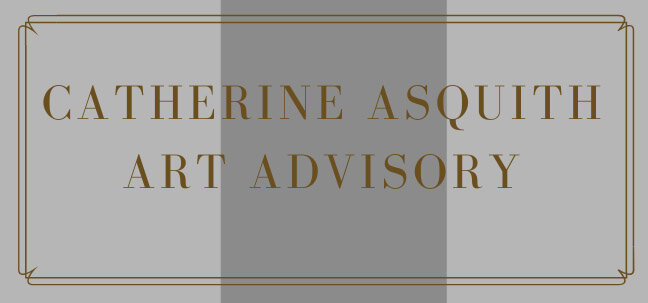Always a pleasure working with new corporate clients and a recent brief from C & D Capital, a Family Office, whose values and brand equate with authentic, brave, somewhat of a maverick, and a philosophy of embracing creative thinking was a welcome brief.
Catherine Asquith Art Advisory was appointed as art advisor to curate a collection which reflected the values, philosophy and branding of C & D Capital, in addition to complementing the incorporated design and materiality by Bates Smart, for its new offices in Cremorne. As such, works were carefully selected so as to present as a cohesive, thematically appropriate and aesthetically complementary collection.
Each artwork was selected on the basis of having some connection or alignment with the company, brand, location, or history of the site. Additionally, whilst we do not necessarily advocate ‘matching artwork to décor’ there is clearly a benefit to balancing the aesthetic, genre and palette with a bespoke interior.
The guiding principles informing the process were therefore:
• procuring a curatorially sound collection, one with integrity, endurance and longevity;
• sourcing best available artworks by established and well regarded artists;
• identifying conceptual and/or thematic aspects inherent to each artist’s practice which held a connection with C & D Capital; and
• adhering to a consistency in theme, genre, palette & aesthetic.
The parameters of the brief allowed for leasing of artworks for a short period, and Artbank, a federally funded visual arts scheme, which acquires artworks from the primary market and leases to a range of clientele, was consulted for the procurement of the collection.
Read about the project on Bates Smart website here
Selected In Situ shots:
Stefan Dunlop
Composition #1 with Bust, 2020
Oil on canvas
150 x 170cm
Daniel von Sturmer
Production Still, The Cinema Complex (Sequence 1) 1, 2, 3, 4, 5, 2011
Pigment print
83 x 52cm each.
Michael Zavros
Rush, 2002
Oil on canvas
107 x 192cm
Jacqui Stockdale
Rama-Jaara the Royal Shepherdess, 2012
Lagunta Man, Leeawuleena, 2012
Luchadora Botanica, 2012
Type C photograph
103 x 81cm each
Photography: Peter Clarke & author
©Catherine Asquith









